“Christen men, I am borne undar the lawe, and judged undar the lawe, and dye undar the lawe, and the lawe hathe condemned me. Mastars all, I am not come hether for to preche, but for to dye, for I have deserved for to dye yf I had xx. lyves, more shamefully than can be devysed, for I am a wreched synnar, and I have synned shamefully, I have knowne no man so evell, and to reherse my synnes openly it were no pleaswre to you to here them, nor yet for me to reherse them, for God knowethe all; therefore, mastars all, I pray yow take hede by me, and especially my lords and gentlemen of the cowrte, the whiche I have bene amonge, take hede by me, and beware of suche a fall, and I pray to God the Fathar, the Sonne, and the Holy Ghoste, thre persons and one God, that my deathe may be an example unto yow all, and beware, trust not in the vanitie of the worlde, and especially in the flateringe of the cowrte.
And I cry God mercy, and aske all the worlde forgevenes, as willingly as I wowld have forgevenes of God ; and yf I have offendyd any man that is not here now, eythar in thowght, worde, or dede, and yf ye here any suche, I pray yow hertely in my behalfe, pray them to forgyve me for God’s sake. And yet, my mastars all, I have one thinge for to say to yow, men do comon and saye that I have bene a settar forthe of the worde of God, and one that have favored the Ghospell of Christ ; and bycawse I would not that God’s word shuld be slaundered by me, I say unto yow all, that yf I had followecl God’s worde in dede as I dyd rede it and set it forthe to my power, I had not come to this. I dyd red the Ghospell of Christe, but I dyd not follow it; yf I had, I had bene a lyves man amonge yow : therefore I pray yow, mastars all, for God’s sake sticke to the trwthe and folowe it, for one good followere is worthe thre redars, as God knowethe.”
Following their deaths Norris, Smeaton, Brereton and Weston were buried outside the Chapel Royal of St. Peter ad Vincula George Boleyn’s remains were taken inside the Chapel, and interred.
Only two days later, poor Anne would be joining him.
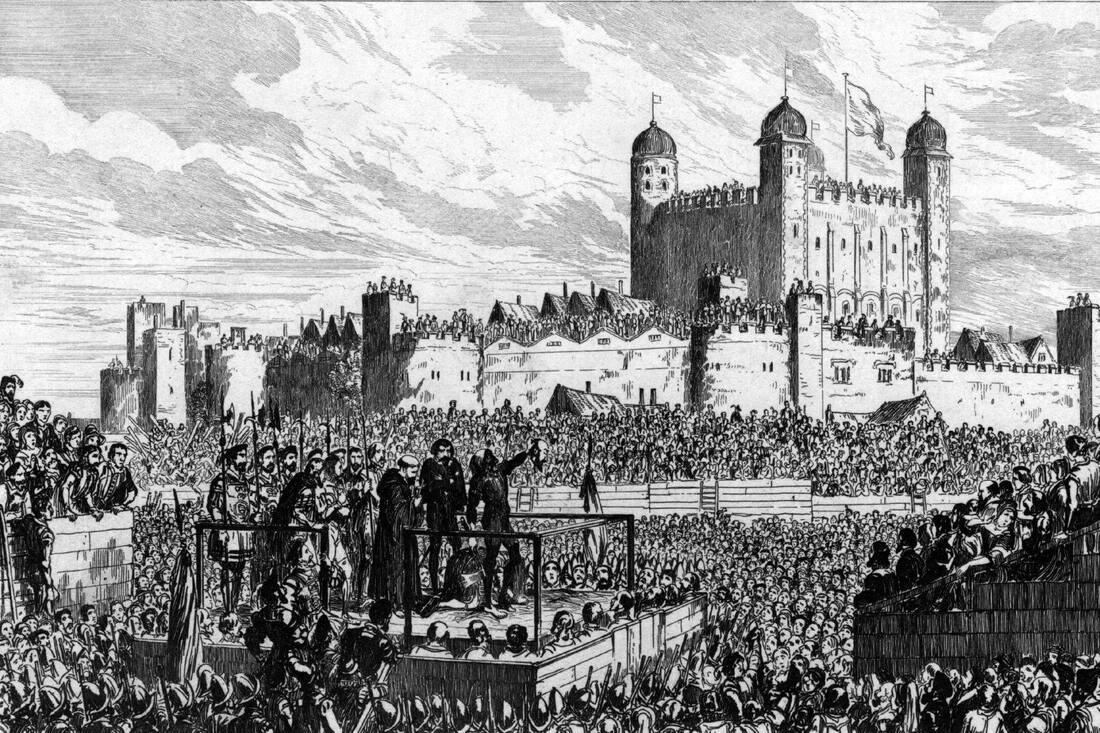
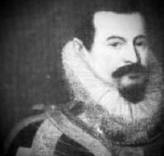
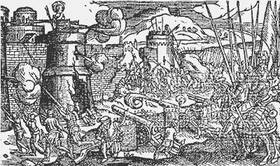
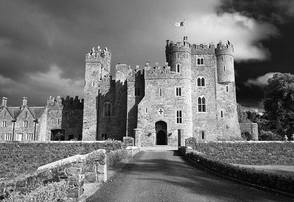
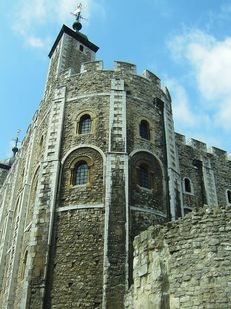
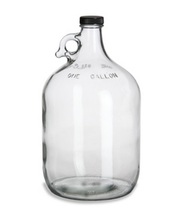
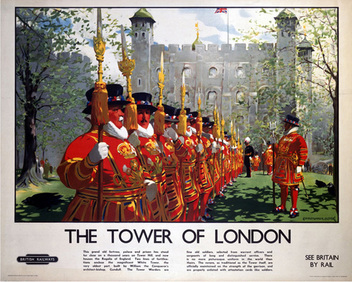

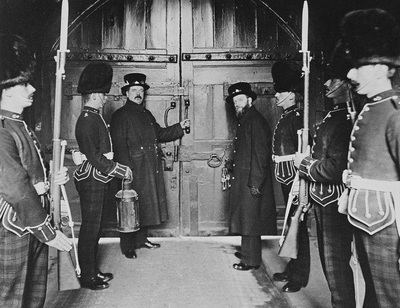
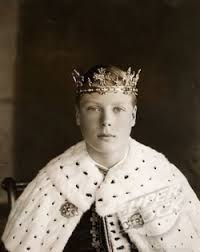
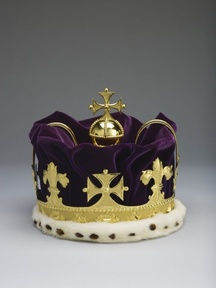

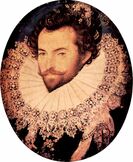
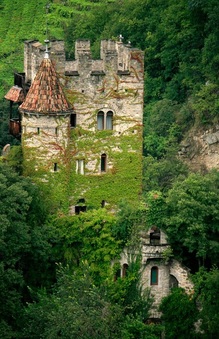
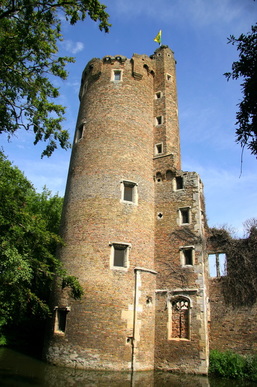
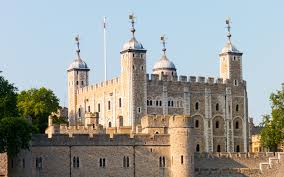
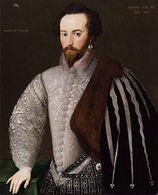
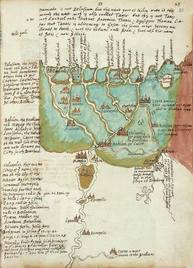
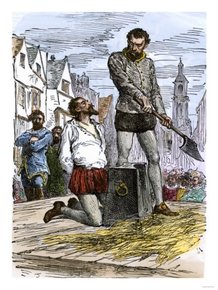
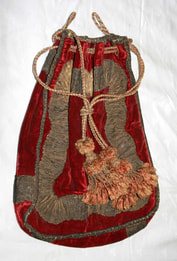
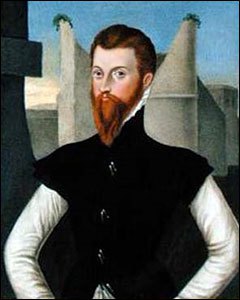
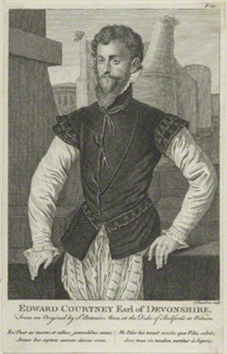
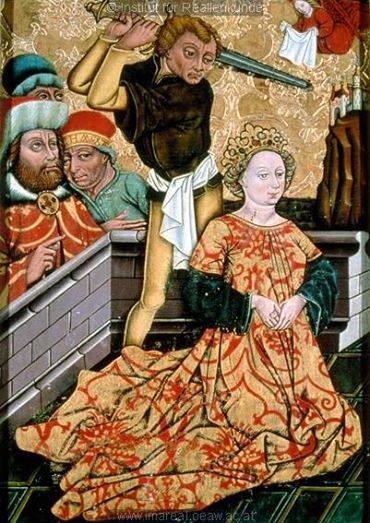

 RSS Feed
RSS Feed
